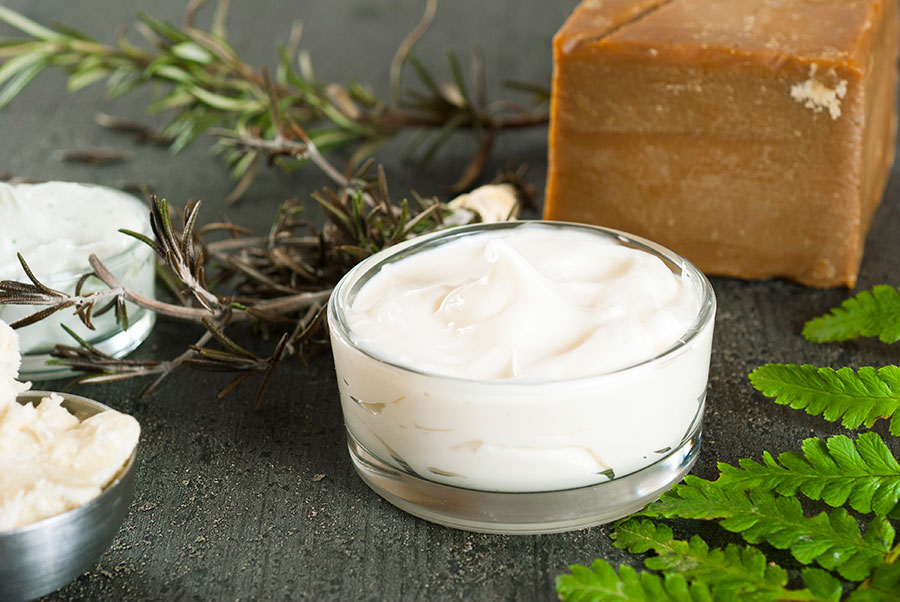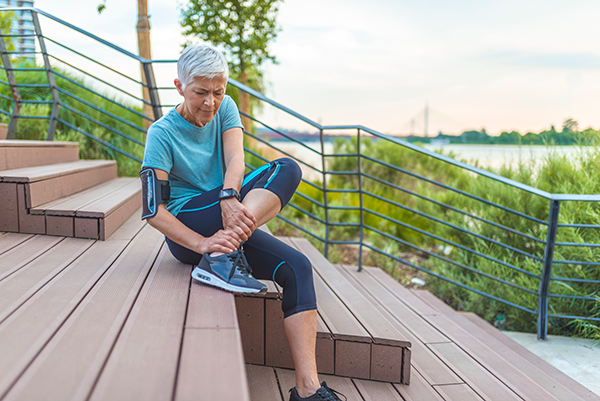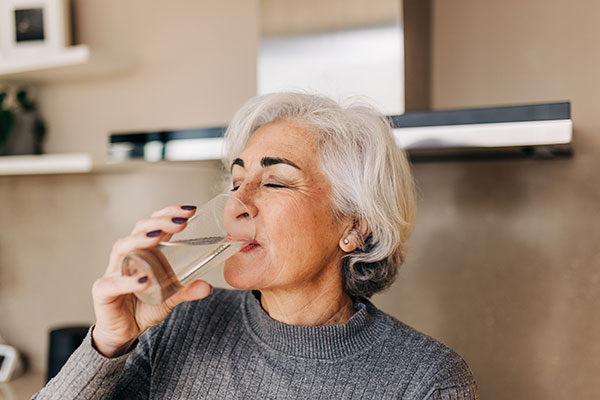Early treatment, eating well and staying active all contribute to your leg ulcer healing, but it’s important that you keep looking after yourself to prevent reoccurrence.
Once you have an ulcer, the layers of skin underneath the surface can take years to fully remodel in the natural healing process, and even then, your skin isn’t as strong as it once was. This makes your newly healed skin vulnerable to breakdown. Venous disease needs to be managed to keep the blood flowing upwards to receive the oxygen from the lungs and keep skin and tissues healthy. You might be worried about your leg ulcers coming back, but there are things you can do to help stop this. By learning and understanding why your ulcer occurred, the underlying problems that put you at risk, and how your ulcer healed, you can avoid reoccurrence.

Keep up the pressure
Maintenance compression hosiery must be worn for life, so make sure you get the right fit and style so that you feel comfortable wearing them. Compression is graduated with the most pressure at the ankle and the least at the knee, this way it improves the blood to return up the legs to the heart. If your hosiery is too large it won’t work effectively and will be uncomfortable as it rolls down your leg, causing friction and rubbing creating sore areas. If it is too small then it will feel tight, uncomfortable, dig into the skin and be difficult to put on. For made-to-measure compression garments, measurement of various points on the feet and legs must be undertaken to get the right fit and there are different materials depending on if your legs are swollen or not. Ensure you are prescribed the right number of garments for washing and wearing, they wear out with use so you should be remeasured and issued a new a new prescription at least every 6 months.
There are difference levels of compression which are made of different materials and offer different amounts of pressure. If you are concerned about how to apply compression hosiery, you can get devices to aid application, or get assistance from a carer, friend, or family member. Rather than feeling uncomfortable or struggling, speak to your healthcare professional.

Protect your skin
Preventing knocks and scrapes to your legs may be easier said than done, but even just being aware of the risks and being mindful to preventing injuries can make a huge difference. When you are outside gardening for example, wear long trousers or socks to deter biting insects and scratches from prickly plants. Implement a skin care routine into your everyday routine – cleanse to remove bacteria which can build on the skin, and make sure you dry your skin properly (bacteria and fungi love warm moist areas like between the toes). Keep your skin moisturised, to reduce formation of dry skin plaques and prevent the skin from cracking. Emollient application is great to do after washing with warm water (be careful it isn’t too hot).

Keep moving
Keep active, daily exercises such as stretching walking and even ankle and leg exercises whilst sitting in your chair will help to support muscle tone, flexibility, and circulation. Maybe you can try a new activity to keep you moving like water aerobics or a YouTube exercise class. There are lots of good ideas on the Legs Go Move your body page!






